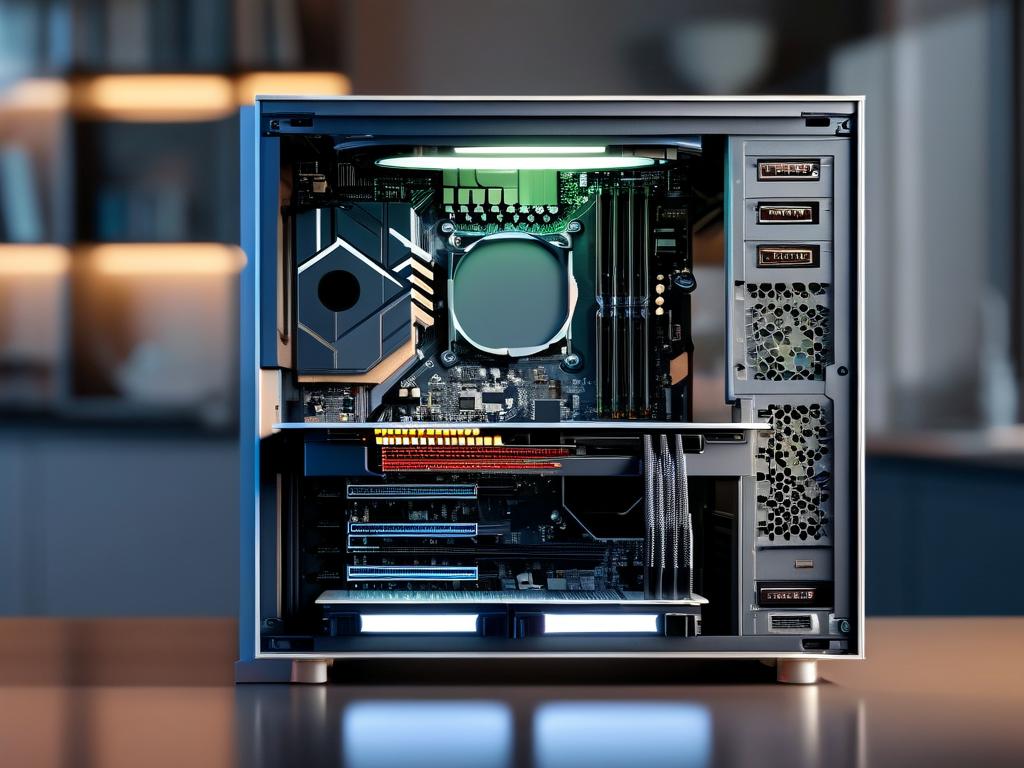Understanding how to calculate actual memory capacity helps users optimize system performance and avoid storage-related misunderstandings. While manufacturers often advertise memory sizes using decimal-based measurements, computing systems rely on binary calculations – a critical distinction that creates apparent discrepancies between marketed and usable capacity.

The Decimal vs. Binary Measurement Conflict
Storage manufacturers typically define 1GB as 1,000,000,000 bytes (10^9) for simplicity, while operating systems calculate 1GB as 1,073,741,824 bytes (2^30). This 7.37% difference per gigabyte accumulates significantly with larger drives. For example, a 256GB SSD marketed using decimal units contains 256,000,000,000 bytes, but a Windows system displays this as approximately 238.4GB due to binary interpretation.
Calculation Methodology
To determine real memory capacity:
- Obtain the manufacturer’s stated size in bytes
- Convert using binary prefixes:
Actual_Capacity_GB = (Manufacturer_Bytes) / (1024^3)For a 1TB (1,000,000,000,000 byte) drive:
print(1_000_000_000_000 / (1024 ** 3)) # Output: ~931.32GB
Practical Verification Tools
Operating systems provide native tools to check real capacity:
- Windows: Use Disk Management or PowerShell command:
Get-PhysicalDisk | Select Size, FriendlyName
- Linux: Execute in terminal:
lsblk -o NAME,SIZE
- macOS: Check About This Mac > Storage or use:
diskutil list
Hidden Capacity Factors
Beyond measurement conventions, additional elements reduce available space:
- File system overhead (NTFS/FAT32/APFS allocations)
- Manufacturer’s reserved sectors for wear leveling (SSDs)
- Recovery partitions in pre-built systems
- Boot sector and metadata storage
Industry Standards and Solutions
The International Electrotechnical Commission (IEC) established unambiguous binary prefixes (GiB, TiB) in 1998 to resolve confusion, though adoption remains inconsistent. Enterprise storage systems frequently employ raw-to-usable capacity calculators that account for RAID configurations and redundancy requirements.
Consumer Guidance
When purchasing storage devices:
- Anticipate 7-10% capacity difference due to binary conversion
- Research manufacturer specifications for exact byte counts
- Consider formatting overhead during initial setup
- Monitor actual usage through OS utilities rather than packaging claims
Advanced users can employ hexadecimal editors to inspect raw sector counts, though this requires technical expertise. Storage controllers may also remap defective sectors, slightly altering available capacity over a device’s lifespan.
Legal and Commercial Implications
Regulatory bodies like the Federal Trade Commission mandate clear disclosure of capacity measurement methods. Class-action lawsuits against major manufacturers have reinforced transparency requirements, leading to improved labeling practices that now often include both decimal and binary measurements.
Future Trends
Emerging technologies like 3D XPoint and quantum storage solutions introduce new measurement challenges. The storage industry continues debating unified standards as capacities approach petascale, where decimal/binary differences exceed 100GB per terabyte.
By mastering these calculation principles, users can make informed decisions when purchasing storage media, troubleshooting capacity issues, and planning data management strategies. Always cross-reference manufacturer specifications with system reports and account for operational overhead in critical storage deployments.









